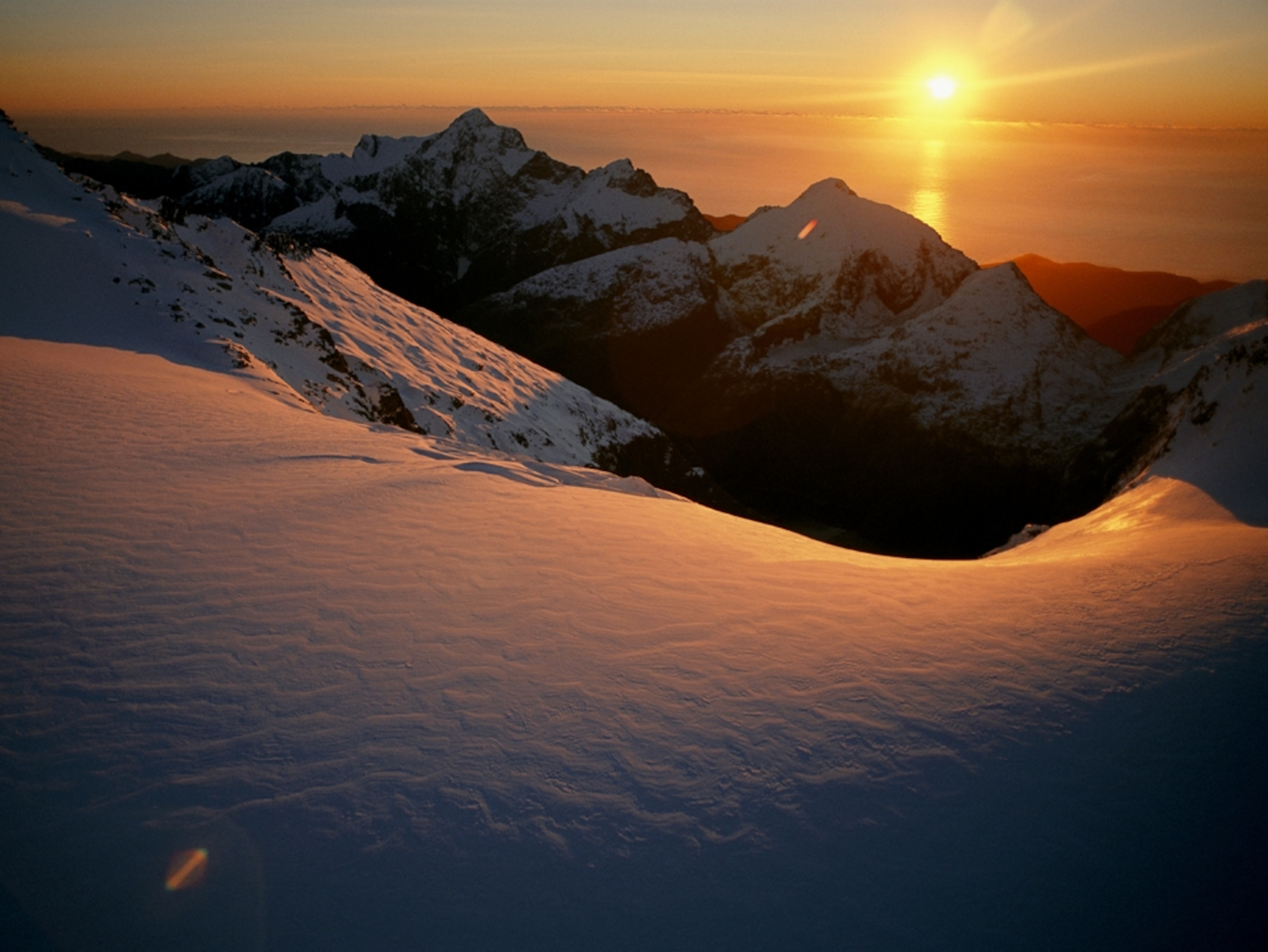Causes of global warming, explained
Human activity is driving climate change, including global temperature rise.
The average temperature of the Earth is rising at nearly twice the rate it was 50 years ago. This rapid warming trend cannot be explained by natural cycles alone, scientists have concluded. The only way to explain the pattern is to include the effect of greenhouse gases (GHGs) emitted by humans.
Current levels of the greenhouse gases carbon dioxide, methane, and nitrous oxide in our atmosphere are higher than at any point over the past 800,000 years, and their ability to trap heat is changing our climate in multiple ways.
IPCC conclusions
To come to a scientific conclusion on climate change and what to do about it, the United Nations in 1988 formed a group called the Intergovernmental Panel on Climate Change, or IPCC. The IPCC meets every few years to review the latest scientific findings and write a report summarizing all that is known about global warming. Each report represents a consensus, or agreement, among hundreds of leading scientists.
One of the first things the IPCC concluded is that there are several greenhouse gases responsible for warming, and humans emit them in a variety of ways. Most come from the combustion of fossil fuels in cars, buildings, factories, and power plants. The gas responsible for the most warming is carbon dioxide, or CO2. Other contributors include methane released from landfills, natural gas and petroleum industries, and agriculture (especially from the digestive systems of grazing animals); nitrous oxide from fertilizers; gases used for refrigeration and industrial processes; and the loss of forests that would otherwise store CO2.











Gaseous abilities
Different greenhouse gases have very different heat-trapping abilities. Some of them can trap more heat than an equivalent amount of CO2. A molecule of methane doesn't hang around the atmosphere as long as a molecule of carbon dioxide will, but it is at least 84 times more potent over two decades. Nitrous oxide is 264 times more powerful than CO2.
Other gases, such as chlorofluorocarbons, or CFCs—which have been banned in much of the world because they also degrade the ozone layer—have heat-trapping potential thousands of times greater than CO2. But because their emissions are much lower than CO2, none of these gases trap as much heat in the atmosphere as CO2 does.
When those gases that humans are adding to Earth's atmosphere trap heat, it’s called the "greenhouse effect." The gases let light through but then keep much of the heat that radiates from the surface from escaping back into space, like the glass walls of a greenhouse. The more greenhouse gases in the atmosphere, the more dramatic the effect, and the more warming that happens.
Climate change continues
Despite global efforts to address climate change, including the landmark 2015 Paris climate agreement, carbon dioxide emissions from fossil fuels continue to rise, hitting record levels in 2018.
Many people think of global warming and climate change as synonyms, but scientists prefer to use “climate change” when describing the complex shifts now affecting our planet’s weather and climate systems. Climate change encompasses not only rising average temperatures but also extreme weather events, shifting wildlife populations and and habitats, rising seas, and a range of other impacts.
Read next: Global Warming Effects
Related Topics
You May Also Like
Go Further
Animals
- How can we protect grizzlies from their biggest threat—trains?How can we protect grizzlies from their biggest threat—trains?
- This ‘saber-toothed’ salmon wasn’t quite what we thoughtThis ‘saber-toothed’ salmon wasn’t quite what we thought
- Why this rhino-zebra friendship makes perfect senseWhy this rhino-zebra friendship makes perfect sense
- When did bioluminescence evolve? It’s older than we thought.When did bioluminescence evolve? It’s older than we thought.
- Soy, skim … spider. Are any of these technically milk?Soy, skim … spider. Are any of these technically milk?
Environment
- Are the Great Lakes the key to solving America’s emissions conundrum?Are the Great Lakes the key to solving America’s emissions conundrum?
- The world’s historic sites face climate change. Can Petra lead the way?The world’s historic sites face climate change. Can Petra lead the way?
- This pristine piece of the Amazon shows nature’s resilienceThis pristine piece of the Amazon shows nature’s resilience
- Listen to 30 years of climate change transformed into haunting musicListen to 30 years of climate change transformed into haunting music
History & Culture
- Meet the original members of the tortured poets departmentMeet the original members of the tortured poets department
- Séances at the White House? Why these first ladies turned to the occultSéances at the White House? Why these first ladies turned to the occult
- Gambling is everywhere now. When is that a problem?Gambling is everywhere now. When is that a problem?
- Beauty is pain—at least it was in 17th-century SpainBeauty is pain—at least it was in 17th-century Spain
Science
- Here's how astronomers found one of the rarest phenomenons in spaceHere's how astronomers found one of the rarest phenomenons in space
- Not an extrovert or introvert? There’s a word for that.Not an extrovert or introvert? There’s a word for that.
- NASA has a plan to clean up space junk—but is going green enough?NASA has a plan to clean up space junk—but is going green enough?
- Soy, skim … spider. Are any of these technically milk?Soy, skim … spider. Are any of these technically milk?
Travel
- Could Mexico's Chepe Express be the ultimate slow rail adventure?Could Mexico's Chepe Express be the ultimate slow rail adventure?
- What it's like to hike the Camino del Mayab in MexicoWhat it's like to hike the Camino del Mayab in Mexico




